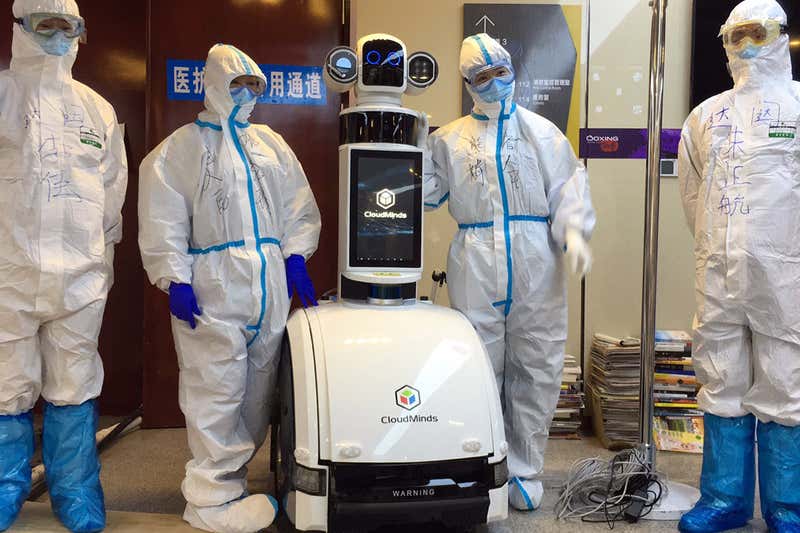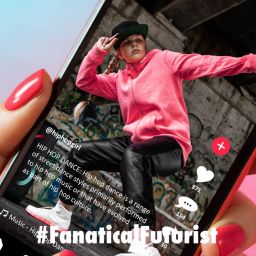
WHY THIS MATTERS IN BRIEF
As the global Covid-19 pandemic accelerates robots are coming to the rescue.
 Interested in the Exponential Future? Connect, download a free E-Book, watch a keynote, or browse my blog.
Interested in the Exponential Future? Connect, download a free E-Book, watch a keynote, or browse my blog.
During the current Coronavirus, Covid-19, pandemic robots are being used to help perform remote diagnoses and clean trains and subways, and now it seems many more companies are rolling out robots and drones to help fight it and provide services and care to those quarantined or practicing social distancing.
The pandemic has needless to say meant that many more companies around the world have fast-tracked the “testing” of robots and drones in public as officials seek out the most expedient and safe way to grapple with the outbreak and limit contamination and spread of the virus, and as the pandemic refuses to give up its hold on the world hospitals in China have turned to robots to help halt the spread. The robots in this case include a food delivery robot, sanitising robot, and directional guiding robot that can help people avoid unnecessary human contact, hopefully preventing further spread of the virus.

One of the robots being used by Chinese authorities.
Courtesy: CloudMinds
The robots were developed by an international collaboration between several companies, including the US based Orbbec, which manufactures 3D camera sensors, and they are currently being used across 10 provinces in Chinese hospitals, with others reportedly planning to implement the technology as well as quickly as possible.
The food delivery robot is responsible for delivering meals to patients, alongside medical supplies and other “daily necessities.” In doing so, it helps avoid cross-infection, while also reducing the workload for frontline medical staff. The sanitising robot, meanwhile, whose distant cousins in Hong King are sanitising subways and trains, assists in cleaning hospitals, thereby stopping interactions with unwanted germs. Finally, the guiding robot can direct patients between different hospital departments. Able to map spaces and determine its own position within them, this guiding robot then plans an optimal path toward its target location and can help guide people to and from various parts of the hospital without the need for any human intervention.
“It’s too soon to tell the full benefits of having robots act as intermediaries in contagious health care settings,” said David Chen, co-founder of Orbbec. “But we do know that it helps in a few critical ways. First, one of the most effective ways to reduce the dangers of a contagion is by limiting contact with others. These robots are pioneers in delivering vital supplies and food to people who’ve been infected.
“The frontline of every epidemic is staffed with overworked medical professionals who are in contact with the infected day-in and day-out. These robotic assistants help provide a buffer between the medical staff, and allow them to stay focused on providing the best care without risk of infection.”















